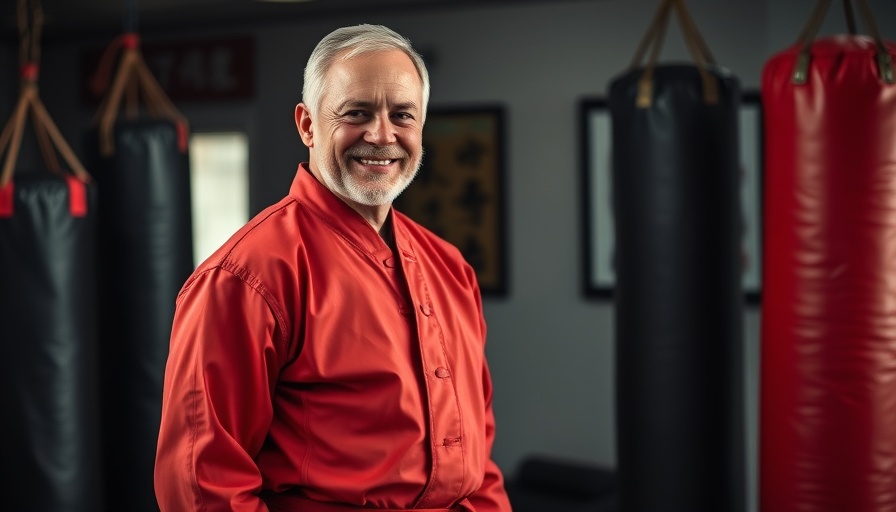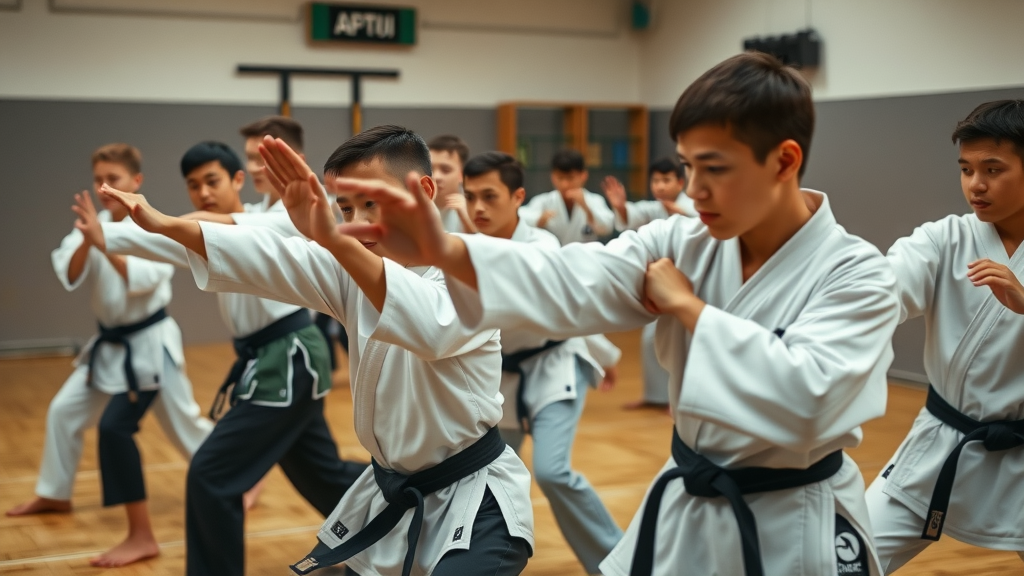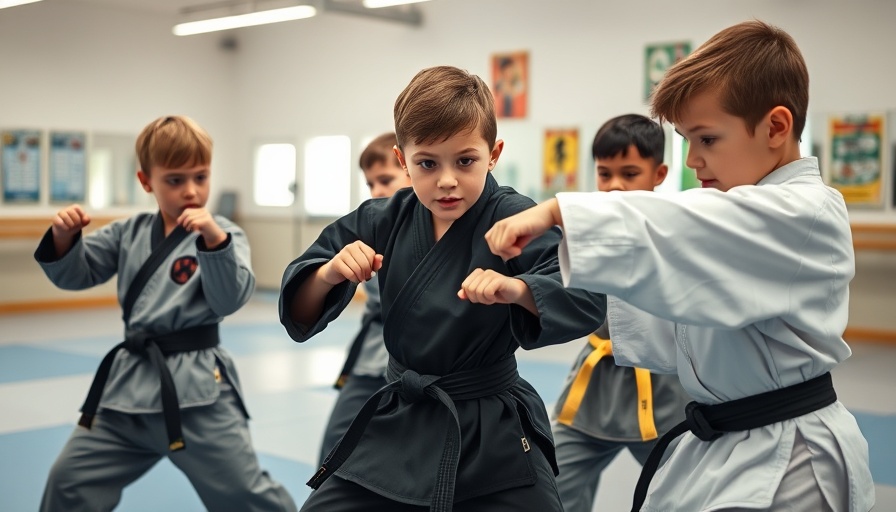
Why Martial Arts Should Keep Fighting
Martial arts training isn’t just about learning flashy moves or mastering kata; it’s fundamentally about building resilience and developing self-defense skills. The essence of martial arts lies in its confrontational nature—embracing conflict not just for sport, but as a way to enhance personal growth and community safety. So, what does it really mean to maintain the authenticity of martial arts?
Understanding the Diverse Paths within Martial Arts Training
In the world of martial arts, individuals come from various backgrounds, each with their own motivations for stepping onto the mat. Some may seek fitness, others self-defense, and many just want to have fun. Regardless of the starting point, the goal should ultimately steer towards conflict resolution. This is what distinguishes martial arts from other activities like yoga or dance—it's about physical confrontation, learning to manage resistance, and most importantly, understanding how to defend oneself.
The Rise of MMA and Its Impact on Traditional Practices
The emergence of Mixed Martial Arts (MMA) has transformed the landscape of combat training, highlighting the efficacy of traditional disciplines like Brazilian Jiu-Jitsu, Muay Thai, and Boxing. However, it has also led many to critique traditional schools for not adequately preparing students to face real-world challenges. Yet, as more people gravitate towards safer, controlled environments, it’s crucial that martial arts schools—both traditional and modern—find a balance. Schools must remain committed to providing authentic martial training while also prioritizing student safety. The key lies in effectively integrating challenging training that embraces fighting without compromising discipline.
Building Resilience: The Heart of Martial Arts Training
As teachers and students engage in this evolution, the focus should be on fostering resilience in martial arts classes. This includes verbal de-escalation techniques and appropriate responses to threats, whether it’s a physical confrontation or a confrontation of ideas in a competitive setting. By encouraging students to confront their fears within a supportive environment, martial arts can empower them to build mental fortitude alongside their physical skills.
Practical Insights: How to Enhance Your Martial Arts Journey
For those involved in the martial arts community—whether as students or instructors—integrating practical insights into training can amplify the benefits derived from practice. Participating in workshops, exploring various martial arts disciplines, and tracking personal progress can all lead to a more enriching experience. Whether you're attending Gurnee martial arts classes or honing skills in a karate dojo in Gurnee, consider your training as a holistic journey that balances physical challenges with mental growth.
Final Thoughts: Keep the Fight Alive
Ultimately, the objective of martial arts is to equip individuals with the resilience and tools needed to protect themselves and their loved ones. By staying true to the core of martial training—embracing challenge, conflict, and self-defense—we foster a generation capable of promoting peace and stability in their communities. So, let’s commit to keeping the martial arts truly MARTIAL, nurturing both the warrior spirit and the art of combat!
As you embark on or continue your martial arts journey, consider checking out local opportunities, from self-defense classes in Gurnee to Brazilian Jiu-Jitsu training. Each class brings new wisdom and the chance to grow, not just as a martial artist, but as a stronger individual.
 Add Row
Add Row  Add
Add 








Write A Comment